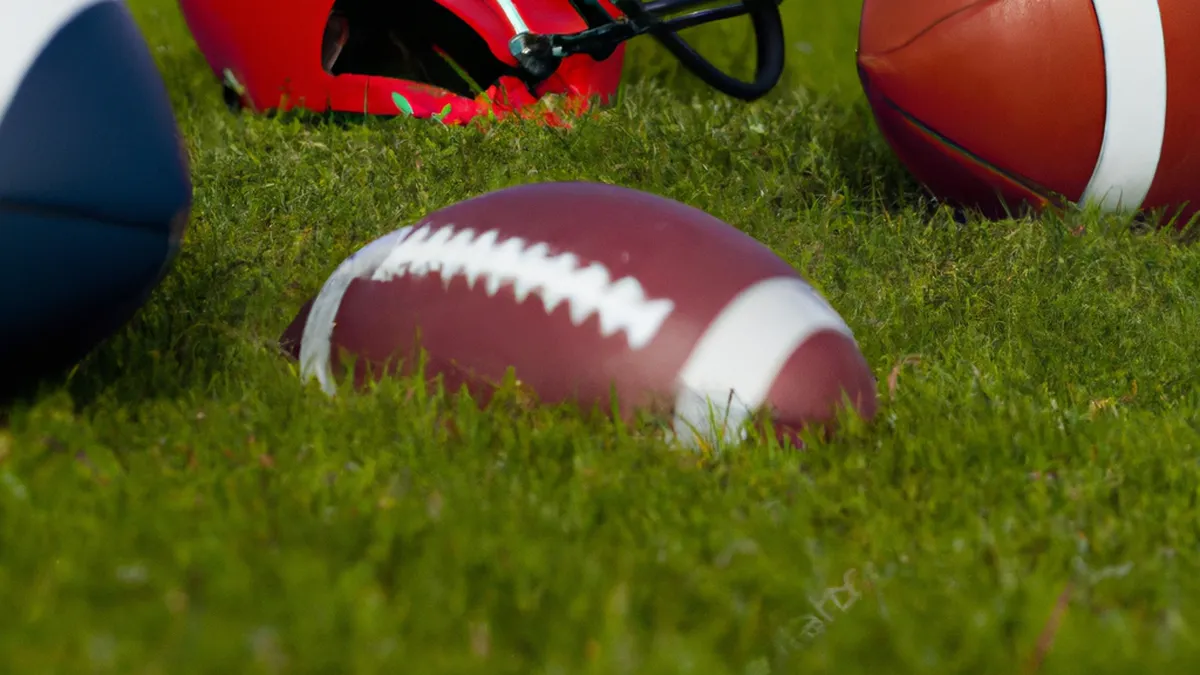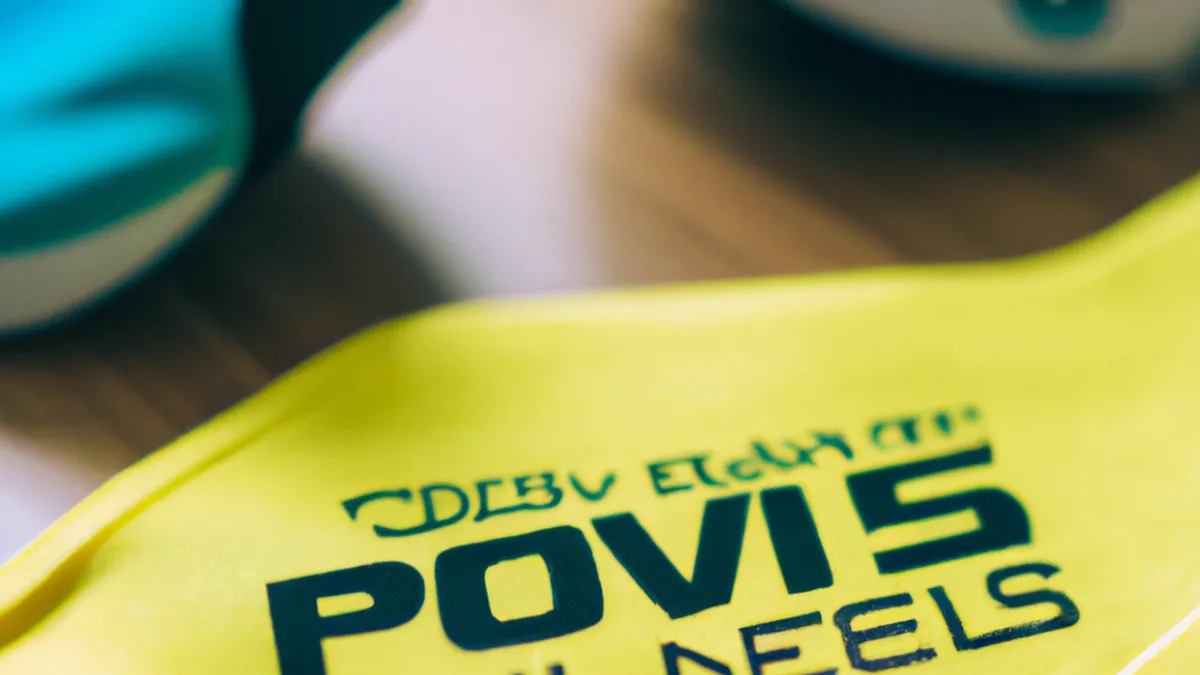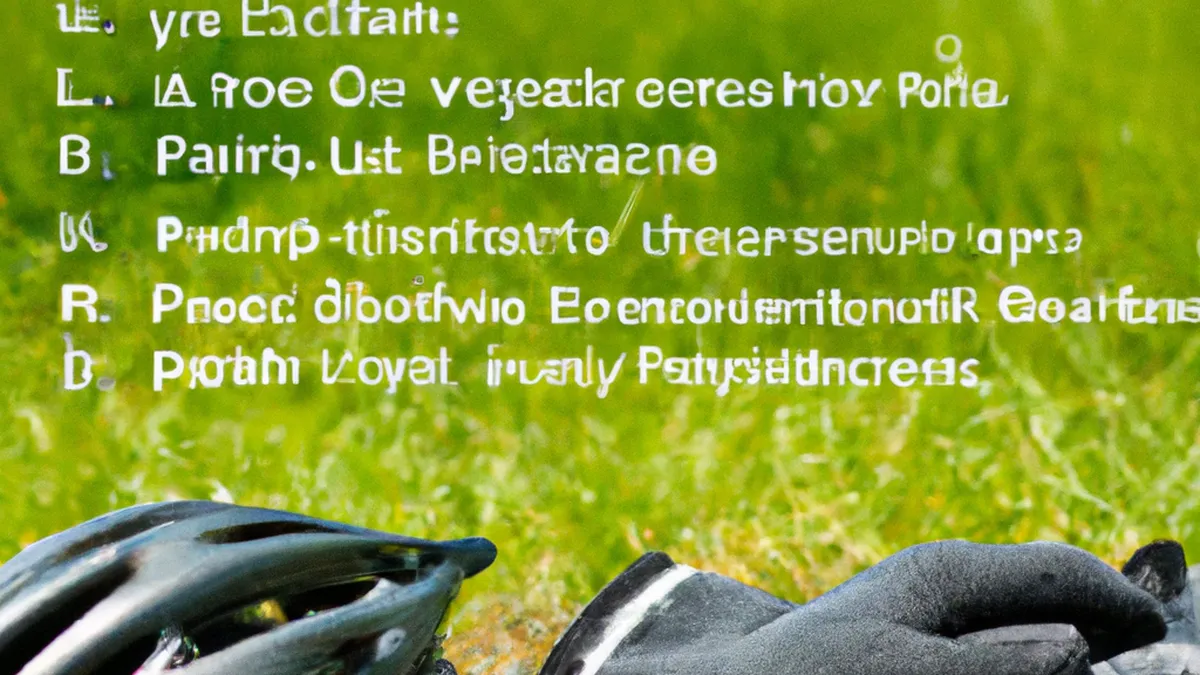Explore Different Foot Strike Techniques
Understanding Foot Strike Patterns AnalysisFoot strike patterns influence running efficiency and injury prevention. Analyzing your foot strikes helps improve performance and enjoyment. This blog post explores foot strike patterns, their significance, analysis methods, and strategies to enhance running form.
What Are Foot Strike Patterns?
Foot strike patterns describe how the foot contacts the ground while running or walking. The three main types are forefoot, midfoot, and heel strike. Each pattern impacts biomechanics, efficiency, and injury risk. Understanding these patterns helps runners refine their technique.1. **Forefoot Strike**: The front part of the foot strikes the ground first in this pattern. Runners with this technique often maintain a quicker cadence and upright posture. This strike improves shock absorption and reduces joint impact, appealing to sprinters and distance runners.2. **Midfoot Strike**: In a midfoot strike, the midsection of the foot lands first. This balanced approach combines elements of forefoot and heel striking. Midfoot strikers enjoy a neutral posture, efficiently distributing forces and enhancing stability while reducing injury risk.3. **Heel Strike**: The heel contacts the ground first in this pattern. Many runners prefer this technique, especially with cushioned shoes. While common, heel striking can increase impact forces on knees and hips, raising injury risk if runners lack strength and conditioning.Identifying your foot strike pattern helps improve running technique and overall performance.
How to Analyze Your Foot Strike Pattern
As an Amazon Associate I earn from qualifying purchases.
Gear tip: consider football, receiver gloves, and hot cold pack to support this topic.
You can analyze your foot strike pattern through simple steps. Perform this analysis at home or with professional assistance.
1. Record Your Running
Begin by recording yourself while running. Use a smartphone or camera to capture foot strikes from various angles. Film from the side and behind for a comprehensive view. Choose a flat, well-lit area for clear footage.
2. Observe Your Foot Position
Watch the video and note how your foot meets the ground. Identify if your heel, midfoot, or forefoot strikes first. Look for patterns in your running style, including leg and arm movements. Analyze your form at different speeds, as foot strikes may vary with pace.
3. Use a Gait Analysis Tool
For precise assessment, consider a gait analysis tool. Many running stores and clinics offer this service for detailed data.
Conclusion
Understanding foot strike patterns enhances running efficiency and reduces injury risk. Analyze your technique to improve performance.
Below are related products based on this post:
FAQ
What are foot strike patterns?
Foot strike patterns refer to the way the foot contacts the ground while running or walking. The three main types are forefoot, midfoot, and heel strike, each affecting biomechanics, efficiency, and injury risk. Understanding these patterns is essential for runners to refine their technique and improve performance.
How can I analyze my foot strike pattern?
You can analyze your foot strike pattern by recording yourself while running, using a smartphone or camera to capture your foot strikes from various angles. Observing your foot position in the footage will help you identify if you are a heel, midfoot, or forefoot striker. Additionally, using a gait analysis tool available at many running stores or clinics can provide a more precise assessment.
What are the benefits of understanding my foot strike pattern?
Understanding your foot strike pattern can enhance running efficiency and reduce the risk of injuries. By identifying your specific pattern, you can make necessary adjustments to your running technique. This knowledge can lead to improved performance and a more enjoyable running experience.















Post Comment